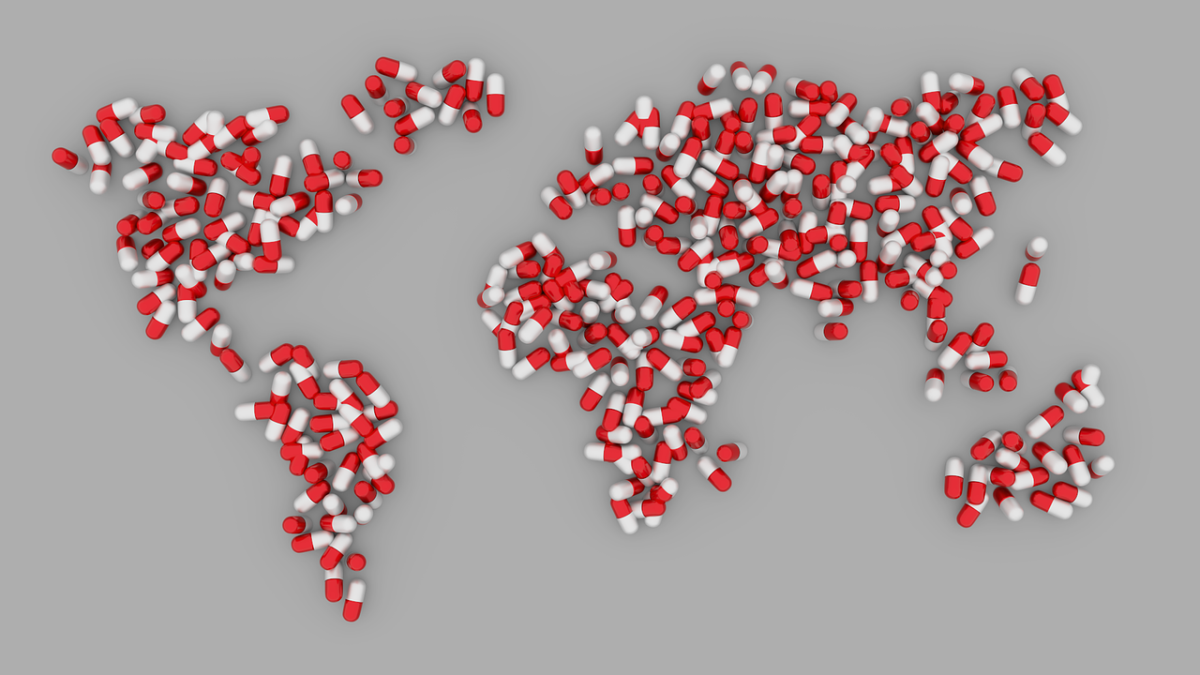Treatment, Drugs Steps for HIV
Methods of Treatment
Over the course of years since its first discovery, AIDS has often resulted in a life full various sicknesses and often resulted in early death. Since no vaccine or cure had been discovered, management of the disease has always included treatment and prevention.
Once HIV is found in a person, treatment must begin immediately. The sooner the detection and the sooner the treatment, the better off the person will be. If detected and treated early, HIV can be kept at a minimal level to reduce the impact it has on the body. The treatment of AIDS is two parts: treatment of HIV itself, and treatment of HIV related infections. Recent drugs have been made to keep HIV from reproducing, thus slowing down its effect on the body. These drugs are known as antiviral drugs. There are several types, with several different functions that are often used in conjunction with each other to form a “cocktail” of pills that patients must take everyday. The types of drugs are: Reverse Transcriptase inhibitors, and Protease inhibitors.
Reverse Transcriptase is an enzyme used by HIV in the transcription processes that causes its single stranded RNA to be converted into two strands of DNA. Therefore, Reverse Transcriptase inhibitors stop that process, stopping HIV from reproducing. The inhibitors work by injecting themselves into the reverse transcription process. The Reverse Transcriptase inhibitors are actually nucleotides that take the place of the similar naturally occurring nucleotides used by HIV in the replication process; however, the inhibiting nucleotides lack a certain property, that, without, the chain of nucleotides cannot continue on. This is rightly named “chain termination”. When the chain is stopped, HIV cannot complete the process of reverse transcription, therefore they cannot reproduce. There are Nucleotide inhibitors and Nucleoside inhibitors. The Nucleoside inhibitors are eventually converted into Nucleotides by the body, so, by using a Nucleotide Reverse Transcriptase inhibitor, you skip the conversion step. HIV can form resistance to this drug. So, doctors use this in conjunction with the other drugs.
Protease inhibitors function like the Reverse Transcriptase inhibitor in that it renders inert a specific enzyme needed by HIV to reproduce. When HIV, through its reverse transcription, inserts its viral DNA into the human DNA, the DNA begins to produce proteins that HIV uses to produce new, infectious molecules. However, these proteins are strung together in long strands that, in that form, HIV cannot use. So, the pieces must be broken apart first in order to be used. Protease is the enzyme that breaks them into the correct parts so that HIV can use them to make its viral molecules. Protease inhibitors, therefore, inhibit this process by binding to the Protease enzyme, blocking it from functioning. HIV can form resistance to this drug, as well, but scientists hope that by using many types of drugs and inhibitors, HIV will not be able to form a resistance to any.
There are also entry inhibitors, also known as fusion inhibitors, which prevent HIV from entering the human cell. There are several steps which take place as HIV enters a human cell. Generally, these steps are binding, fusing, and entering. Depending on the drug, the entry inhibitor will disrupt one of these steps.
The invention of these types of drugs has changed history. At once, a disease that presented a sure death sentence has become a manageable disease that now allows people to continue a fairly normal lifestyle. With the introduction of these drugs into their systems, HIV levels drop significantly, even to undetectable levels. CD4+ cell levels rise. Patients feel stronger and healthier in weeks.
But, as with everything, there are drawbacks. The drugs carry strong side effects and heavy costs, and, after complex treatments, after slowing down the replication progress of HIV to the point that it seems to disappear, many still end up dying from AIDS, and, for every two with HIV who get a chance to start on AIDS drugs, five more join the newly infected list. More than 7,100 new people catch the virus each day.








